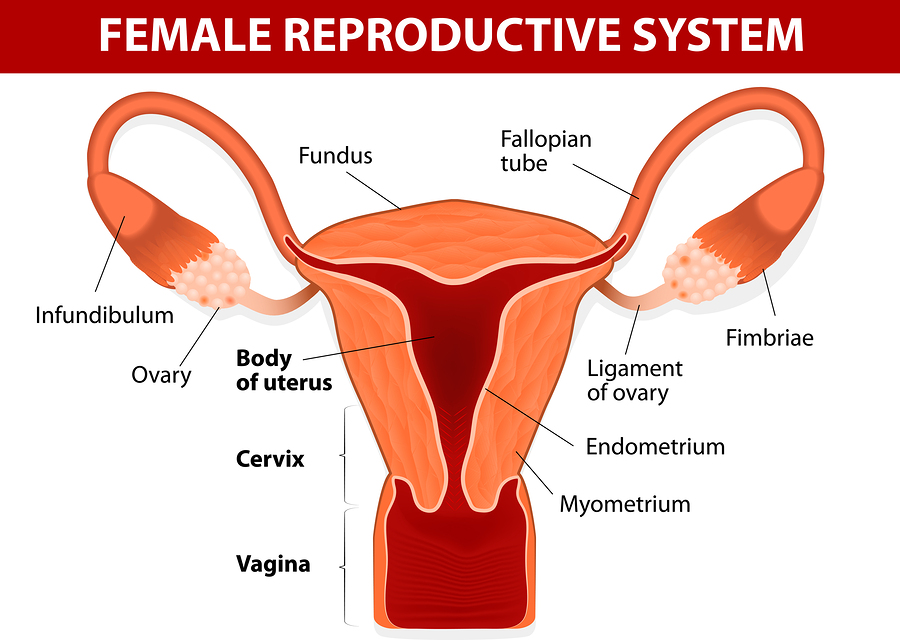
Women all over the world deal with the side effects of problematic monthly periods, but for some, it’s more than just a problem, it’s an impossible obstacle to any activity.
Usually, these women have no choice but to look for other methods of controlling their monthly periods. These span everything from hormonal birth control that disrupts the period cycle, to a hysterectomy that totally removes the uterus.
Different things work for different women, but today, we want to tell you about a method for dealing with challenging periods that you might not have heard of called endometrial ablation.
What Is Endometrial Ablation?
Endometrial ablation sounds serious and maybe even a little scary. However, in medical terms, it basically means a procedure by which the lining of the uterus, also known as the endometrium, is removed or destroyed. This can be done for a number of reasons, the most common of which is to manage heavy menstrual bleeding.
How Can The Procedure Be Done?
There are a few different ways that endometrial ablation can be undertaken, and your doctor will likely suggest one depending on the facilities available in your local area, or their own recommendations. Methods of ablation include:
- Laser beam, known as laser thermal ablation
- Heat, known as thermal ablation and with a few sub-methods
- Radio frequency
- Thermal balloon ablation where a balloon is filled with saline solution heated to 85 degrees C
- Heated free fluid, where normal heated saline is used
- Electricity
- Freezing
- Microwave
When the endometrium is destroyed, it heals in a scar. This generally reduces or prevents bleeding in the uterus.
What To Expect Short And Long Term
For most women, an endometrial ablation can be done at an outpatient facility, or in some cases, at your doctor’s office. The procedure usually takes about 45 minutes, and is done using either local or spinal anaesthesia. In some cases, your doctor might opt for a general anaesthesia.
After the surgery is complete, women can suffer from side effects like nausea, cramping and vaginal discharge that looks like blood and water. The discharge usually becomes clear in a few days, and can last for 1-2 weeks, depending on the woman. It can take just a few days or as much as a few weeks to recover, but you can usually go home on the same day.
Many women who undergo endometrial ablation have a reduced menstrual flow, and somewhere between 20% and 50% stop having periods altogether. Obviously, physicians are waiting on the long-term data for success ratings, but if you’re really struggling with bleeding, it’s one thing you should consider.





 Top 14 Online Adult Shops in Australia
Top 14 Online Adult Shops in Australia  List of Environmentally Friendly Disposable Nappies (and...
List of Environmentally Friendly Disposable Nappies (and...  List of the Best Weight Loss Shake...
List of the Best Weight Loss Shake...  Where to Buy Wholesale Vibrators to Sell...
Where to Buy Wholesale Vibrators to Sell...  Our Honest Bed Threads Review 2021
Our Honest Bed Threads Review 2021 



